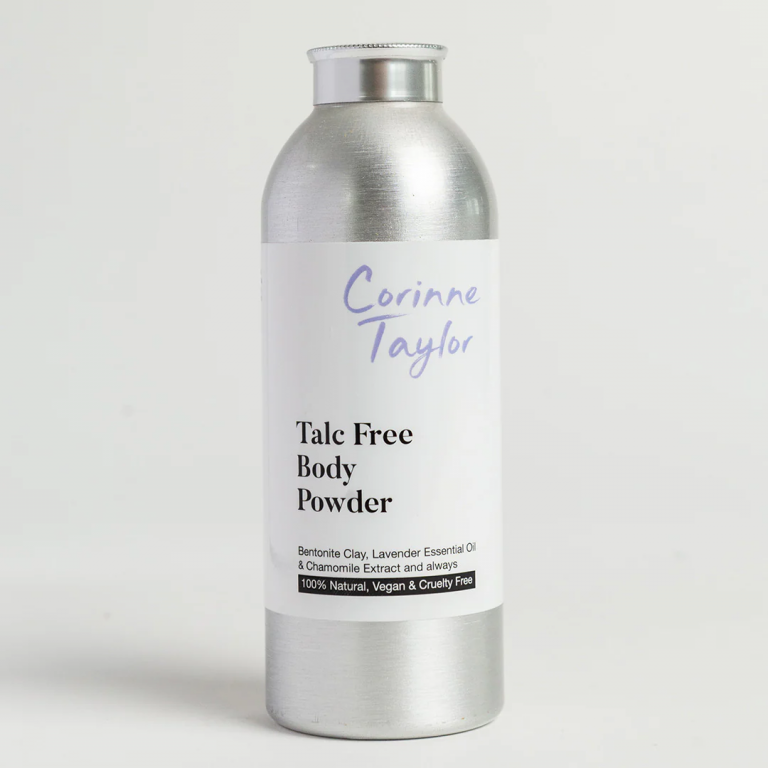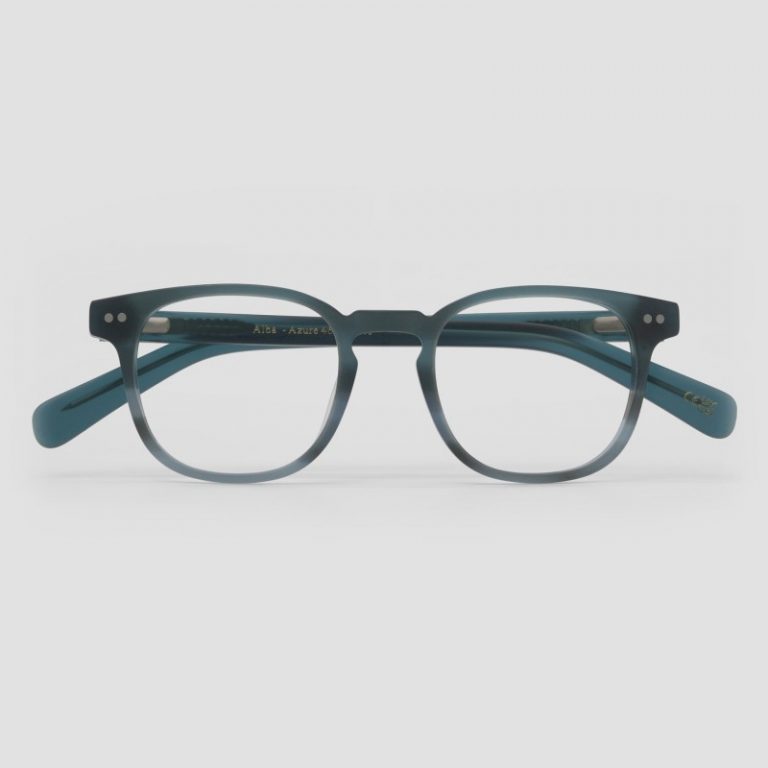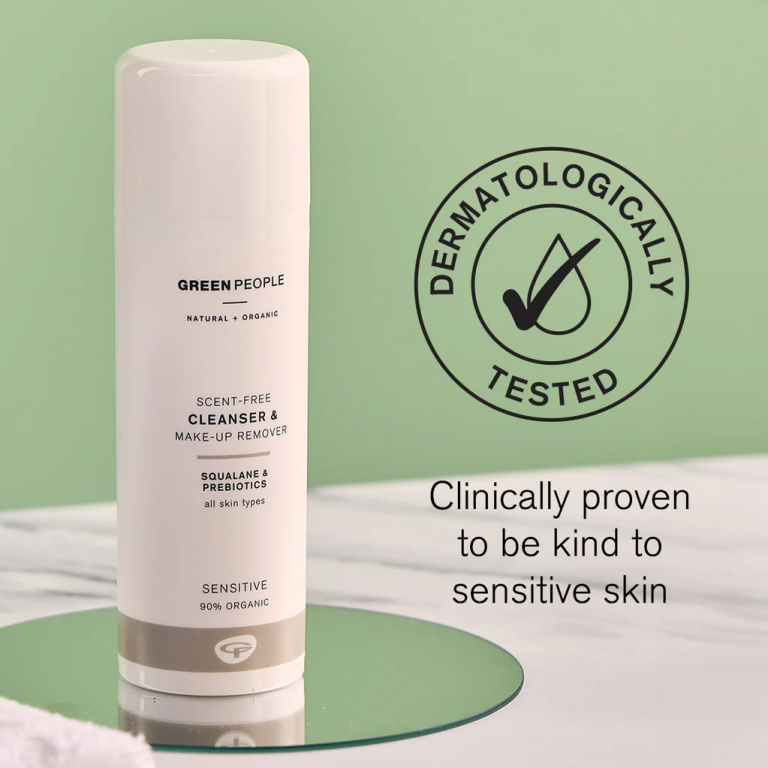
Saving water cuts costs and protects rivers and wildlife. The average UK household uses about 140 litres per person each day, and bathrooms account for roughly 70 percent of that use.
Avoid slippery bath oils and use non-slip mats inside and outside the tub, and consider a bath seat or bench (and grab rails, if needed).
Also read how to give your dog a bath, naturally.
Safety for Baby Baths
- NHS has a good 2-minute video by a midwife, on how to safely bathe babies. Never leave babies alone for a second (even with older children).
- Do not use baby bath seats, these can quickly detach and drown babies, even in a few centimetres of water.
- Run cold water first (then add hot water, testing with your wrist or elbow). Keep your baby’s head clear of water.
- Don’t bathe straight after feeds, or if hungry or tired. Avoid baby oils in baths, due to risk of slipping.
- Avoid talcum powder, it’s linked to ovarian cancer and increasingly banned in many countries. Don’t use cotton buds to clean baby’s ears (the cause of nearly all infections).
Fix Leaky Taps Fast
Slow drips, green or white limescale trails, water stains around the spout, and stiff handles point to trouble. If the tap still drips when fully closed, it needs attention.
Try this simple approach:
- Turn off the water supply to the tap (isolation valve under the basin or the stopcock).
- Plug the waste to avoid losing small parts.
- For a compression tap, replace the washer or O-ring. For a ceramic disc tap, swap the cartridge.
- Reassemble, turn water back on, and test.
If DIY is not for you, call a qualified plumber. The cost is often less than a single quarter’s wasted water. A steady drip can waste about 20 litres a day, which adds up fast. For a greener fix, choose eco-friendly, WRAS-approved sealants and quality parts that last longer.
Check Your Toilet for Silent Leaks
Thames Water has useful info on what to do. Wait 30 minutes after flushing, then dry the back of the pan, with a piece of bathroom tissue. Then place a new dry sheet on the back of the pan.
Leave for 3 hours at least (without using the loo). If the paper is wet, you have a leaky loo! It’s a small plumbing job, that is less than spending £200 a year in extra water bills!
Common causes include worn flapper valves, perished seals, or a misaligned float. Replacing a flapper is a simple job with basic tools, and parts are inexpensive. If you see limescale on the seat of the valve, clean it or fit a new part. Call a plumber if the mechanism is complex or you have a concealed cistern.
Silent toilet leaks can waste up to 200 litres a day. Fixing them gives instant savings and prevents long term damp issues.
Install Low-Flow Fittings Without the Hassle
Modern fittings keep comfort while cutting use. Tap aerators mix air with water so you get the same feel with less flow. Efficient shower heads use smart spray patterns that maintain pressure.
Benefits to expect:
- Same comfort with less water.
- Up to 50 percent lower flow from taps and showers.
- Quick DIY fitting, often in minutes.
To install, unscrew the old head or nozzle, fit the new aerator or shower head, and hand tighten. For threaded fittings, use a little PTFE tape for a snug seal.
Savings example for a family of four:
- Old shower head at 12 litres per minute.
- New efficient head at 8 litres per minute.
- A 4 minute shower saves 16 litres per person.
- Four people save 64 litres a day, about 23,000 litres a year.
Measure before and after by filling a bucket for 30 seconds and doubling the result. The numbers will motivate you to stick with it.
Shorten Your Showers for Big Rewards
Aim for four minutes rather than ten. Cut idle time while the water warms. Catch the first cold burst in a bucket for plants or cleaning.
A short shower can beat a bath for savings. A five minute shower with an efficient head can use around 50 litres. Many baths use about 150 litres. Over a month, the gap shows up clearly on your bill. Shorter showers save water and reduce gas or electricity used for heating.
Turn Off Taps During Everyday Tasks
Running taps waste around 10 litres per minute. That adds up when brushing teeth, shaving, or washing your face.
Try simple habits:
- Brush smart: wet the brush, turn off the tap, rinse at the end.
- Shave in a small basin: use a little warm water for rinsing the razor.
- Wash hands with purpose: wet, turn off tap while rubbing soap, then rinse.
Choose Baths Wisely and Fill Smart
If you love baths, keep them as a treat. When you do run one, fill to knee level rather than the rim. Many modern plugs come with a stopper that closes at a set depth. Soaking still feels good with less water.
Simple guide:
- Full bath: about 150 litres.
- Efficient shower: about 50 litres.
Swap some baths for short showers. If you take a bath, share the warm water for back-to-back bath times with kids. Enjoy your soak without the guilt.
You can buy ‘bath water diverters’ that recycle bath water down into the garden. But you have to use unscented biodegradable bath products (even sea salt could harm plants). Just have a normal bath, and less often. And shower other days.
Make Lasting Changes for Water Savings
Once the quick wins are in place, consider upgrades with longer payback. The Environment Agency and water companies encourage efficient fixtures because they work. Many UK suppliers offer free water-saving devices and online audits. In some cases, small investments pay back in a year through lower bills.
Look for products with good flow ratings and WRAS approval. Keep receipts and record meter readings to track returns.
Upgrade to Water-Saving Toilets and Showers
Dual-flush toilets use less water for liquid waste and a bit more for solids. Modern models can cut toilet use by a large margin. Efficient shower systems control flow without losing comfort.
Installation tips:
- For toilets, a professional can swap a cistern or fit a dual-flush converter if suitable.
- For showers, choose a thermostatic valve with an efficient head.
- Check water pressure to match the product to your system.
Some UK regions offer grants or discounts through local water companies or councils. Ask your supplier about current schemes. With the right mix of fixes, a household can cut overall use by around 20 percent, often more when habits change too. These choices reduce bills and future proof your home.
Simple Comparison: Bath vs Shower
- A full bath uses around 150 litres of water.
- A 5 minute shower with an efficient head uses around 50 litres of water.
- A 10 minute shower with a standard head uses around 120 litres of water.
So if two adults and two children switch one full bath each week to a five-minute efficient shower, the family saves around 400 litres of water weekly – more than 20,000 litres a year.






